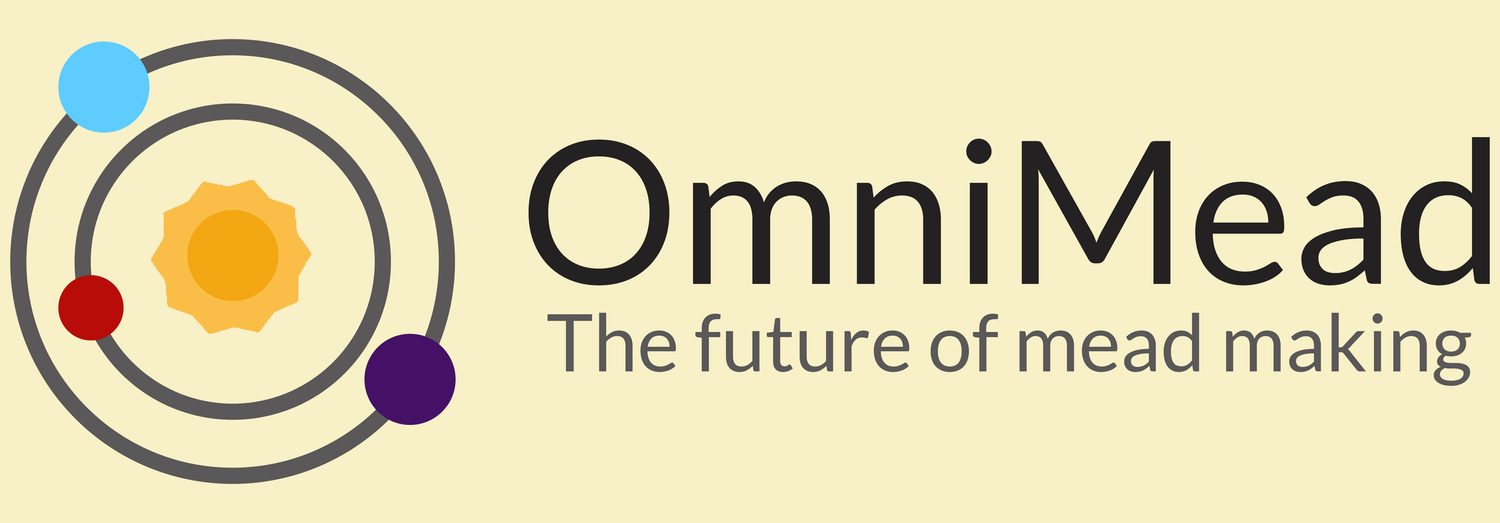Nutrients in Mead Making
Last updated: December 13th, 2021
Honey lacks the basic nutrients required to maintain yeast health. While fermentation is possible without nutrients, poor nutrition is the reason why you hear about year long fermentations that produce mead requiring years of aging to be drinkable. There is no reason to endure this any longer. Science came to the rescue.
Nutrient starvation is one of the leading causes of yeast stress. Stressed yeast produce compounds called fusel alcohols that taste similar to diesel fuel and give beastly headaches. You do not want these in your mead! While they can age out, it can take a very long time and may never completely age out. An ounce of prevention is worth a pound of cure.
Many nutrients exist for mead makers, but I will suggest what I know to work for making top-notch mead. It doesn’t mean other brands cannot work; it just means they are untested in my hands. And for the record, raisins are not nutrients! (They can provide tannins though)
The nutrients you use depends on yeast packaging. Yeast are packaged in dry or in liquid form. (More on this in the next section). Dry yeast require rehydration in order to perform optimally. This rehydration is best performed with GoFerm in the rehydrating water.
The Shopping Lists
Buy Potassium Carbonate, GoFerm, Fermaid K, and Fermaid O.
Note: While it can work, I no longer suggest the use of pure DAP (diammonium phosphate). If added too late (>9% ABV), yeast cannot uptake it thereby leading to a nutrient off-flavor in the mead. This off-flavor is often confused with fusels, but is quite different to a well-trained judge. In addition, Fermaid O produces superior aromatics.
What are these nutrients?
GoFerm: GoFerm is a nutrient mixture designed to rehydrate dry yeast. The lipids and sterols in GoFerm are designed to fortify the yeast cell membranes so that they are strong for fermentation. Trace minerals and vitamins are also present to give the yeast a healthy start. GoFerm has undergone improvements from GoFerm to GoFerm Protect to GoFerm Protect Evolution. Try to use the most up-to-date version.
Fermaid K: Fermaid K is a yeast nutrient that contains Diammonium Phosphate (DAP), yeast-based nitrogen, vitamins, and trace minerals. Since we wish to avoid DAP in the final product, we only add this upfront.
Note: In the USA, the legal limit for Fermaid K addition is 0.5 grams/Liter. This limit is cited due to thiamine content, despite the fact that I can find no health issues caused by thiamine.
Fermaid O: Fermaid O is an organic yeast nutrient created from a stock of yeast that are maintained with ample nutrients, lysed, then nitrogen/protein-rich fractions are purified and lyophilised into powder. Yeast are cannibals so they break down the proteins into building blocks for their own growth.
Potassium carbonate: Potassium carbonate is used to improve the buffering capacity of your must. Buffering capacity means that the must is more resistant to large, fast pH changes. As fermentation progresses, meads become more acidic. Without buffering, the pH will drop lower and faster than with buffering agents. Fast pH swings and extremely low pH leads to stressed yeast and off-flavours. Potassium carbonate is not used to adjust pH up or down, it is simply used to moderate these pH swings. In addition, potassium is required for yeast to export ethanol out of the cell so it can help make this transport process less stressful for the yeast.
The beginning pH of mead can vary wildly depending on the honey. Honey is deficient in its buffering capacity so the fermentation process will cause the pH to drop rapidly. The pH of <3 is where most yeasts start to stall and give up fermenting. Potassium carbonate is added as a bit of insurance to avoid large pH swings.
Fermaid O tends to provide buffering capacity on its own, so potassium carbonate addition is optional when using Fermaid O. You can still add it as it doesn’t negatively impact the flavor (I do). If your must is highly acidic due to some fruit addition (cranberries for example), I would suggest it. I find a small addition to low mineral content water can help push ABV tolerance and aid in clearing.
Note: Potassium carbonate is NOT interchangeable with calcium carbonate. Calcium carbonate will leave an undesired chalky flavor in your mead! In addition, the pKa of calcium carbonate is wrong for buffering this pH range as well.
How do you use these nutrients?
Most meads require staggered nutrient additions (SNAs). Our mead batch builder will provide you with yeast nutrient measurements tailored to your specific mead, scaling the amount of yeast nutrients based on the starting gravity of your mead. Higher gravity meads need more nutrients than low gravity mead. In addition, adding too much nutrient can lead to a “nutrient bomb” mead that tastes truly terrible. Adding the right amount of nutrients at the proper time is key to making award-winning mead.
Products Linked In This Article
Potassium Carbonate
available in 10, 50 and 100 gram pouch sizes
GoFerm
available in 10, 50 and 100 gram pouch sizes
Fermaid K
available in 10, 50 and 100 gram pouch sizes
Fermaid O
available in 10, 50 and 100 gram pouch sizes

